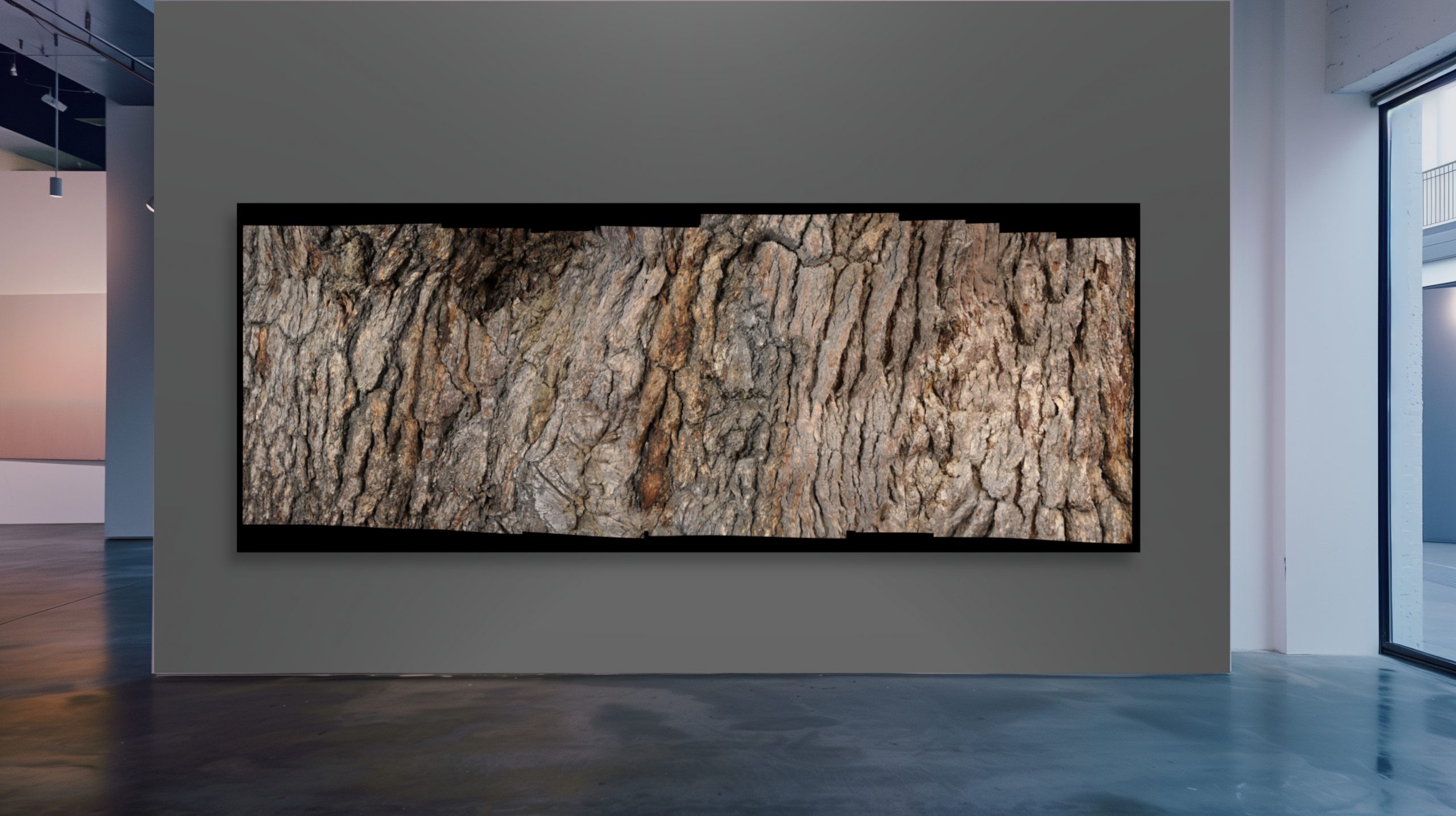lebanese cedars
The Cedars of God (Arabic: أرز الربّ Arz ar-Rabb "Cedars of the Lord"), located in the Kadisha Valley of Bsharri, Lebanon. "Some believe that patch was where the resurrected Jesus revealed himself to his followers," says Antoine Jibrael Tawk, an author of books on the cedars. These 2,000-plus-year-old trees are some of the last remaining mature examples of the once extensive forests of Lebanon. Some are 15 metres or more in circumference.
In the 19th century, Queen Victoria donated money to build a stone wall around this grove to protect the trees from marauding goats. Visiting this grove of massive trees offers a sublime encounter with a mythical past. That the poet, artist, and writer of "The Prophet," Kahlil Gibran, was born near here is not surprising given the areas' rich history. Not far away are the ruins of the ancient city of Baalbek, inhabited since 9000 BCE.d
Embrace real artworks that have profound meaning. Using state-of-the-art technologies the barked prints capture the natural world in brilliant detail.
Purchase a limited edition, high-resolution artwork. Prices shown are for unframed prints. For custom installations contact us for pricing and delivery options.
